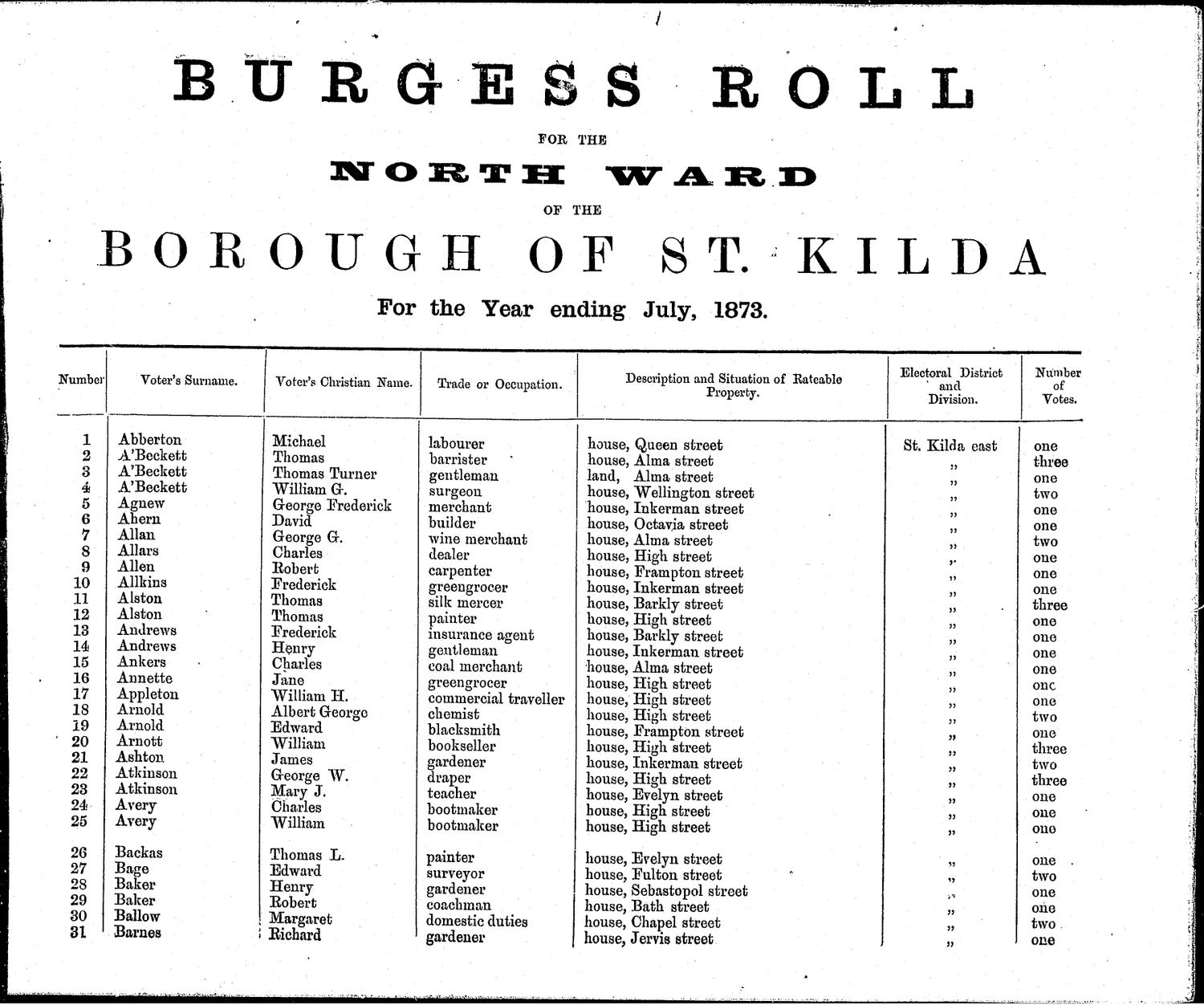- Apr 14, 2013
- 2,716
- 5,151
- AFL Club
- Carlton
- Other Teams
- Preston, WIndies, Armagh GAA
Yeah I heard someone mentioned it and was surprised as I'd not heard of it. Maybe I misheard/they were mistaken.
There was a lot of hyperbole in the press about the financial viability of the club after the cap saga, probably that. Financial viability has never and will never be an issue at Carlton. As for the onfield....







